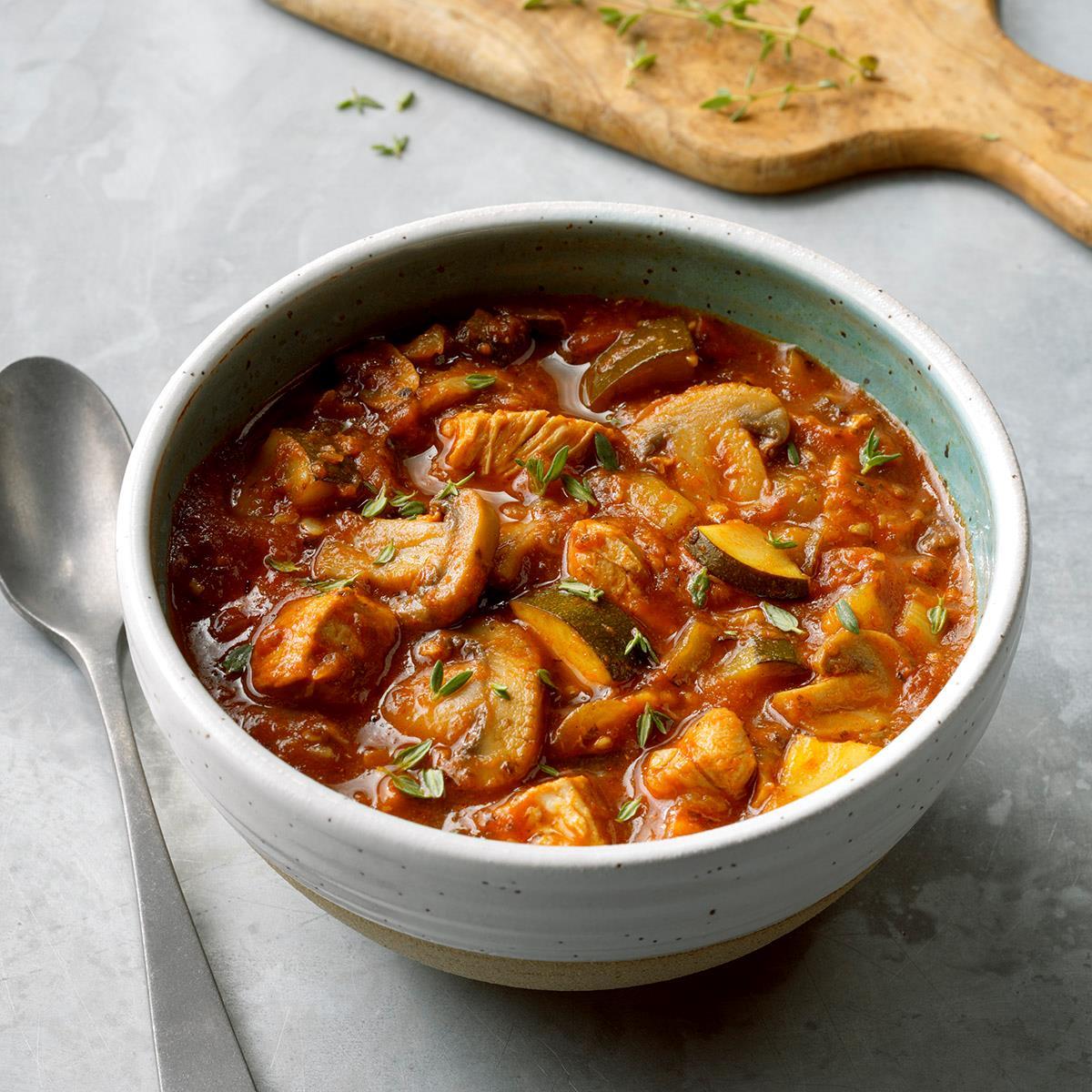Moo Goo Gai Pan, a classic Chinese dish, boasts a rich history and a captivating flavor profile. Its evolution, from humble origins to a globally recognized culinary delight, is a testament to the enduring power of simple yet elegant cuisine. This exploration delves into the dish’s history, preparation, nutritional aspects, and visual presentation, offering a comprehensive understanding of this beloved stir-fry.
From its essential ingredients—tender chicken, crisp mushrooms, and vibrant vegetables—to the subtle balance of sweet, savory, and umami flavors, Moo Goo Gai Pan offers a culinary experience that is both satisfying and sophisticated. Variations in preparation techniques and ingredient choices allow for a personalized approach, ensuring that every rendition captures the essence of this timeless dish while reflecting individual culinary preferences.
Moo Goo Gai Pan: A Culinary Journey
Moo Goo Gai Pan, a beloved dish in Chinese cuisine, boasts a rich history and a unique flavor profile. This exploration delves into the origins, preparation, nutritional aspects, and visual presentation of this classic stir-fry, offering a comprehensive understanding of its cultural significance and culinary appeal.
Moo Goo Gai Pan: Origin and History
Moo Goo Gai Pan’s precise origins remain somewhat obscure, but its emergence is generally linked to the evolution of Cantonese cuisine. The dish likely developed during a period of increased culinary experimentation and cross-cultural influences in southern China. Its name translates roughly to “mushroom chicken pan,” reflecting its core ingredients. The recipe likely evolved gradually, with variations emerging across different regions, influenced by local tastes and ingredient availability.
While pinpointing an exact creator or time of creation is difficult, its popularity spread alongside the dissemination of Cantonese cooking techniques and ingredients. Comparisons with similar dishes from other East Asian cuisines reveal shared techniques, but Moo Goo Gai Pan retains its unique flavor profile thanks to specific ingredient combinations and cooking methods.
Moo Goo Gai Pan: Ingredients and Preparation
Authentic Moo Goo Gai Pan relies on a combination of fresh ingredients. Essential components include chicken breast (cut into bite-sized pieces), mushrooms (such as shiitake or oyster mushrooms, sliced), bamboo shoots (thinly sliced), scallions (chopped), and a savory sauce typically made with soy sauce, oyster sauce, cornstarch, and sesame oil. The cooking process begins with stir-frying the chicken until cooked through, followed by the addition of mushrooms and bamboo shoots.
The sauce is then introduced, creating a glossy coating that clings to the ingredients. Finally, the dish is garnished with scallions and served hot. Variations exist; some recipes include snow peas or water chestnuts, while others adjust the sauce’s sweetness or saltiness.
| Preparation Method | Texture | Flavor | Cooking Time |
|---|---|---|---|
| Stir-frying (high heat) | Tender-crisp chicken and vegetables | Bright, balanced flavors | 10-15 minutes |
| Pan-frying (medium heat) | Slightly softer chicken and vegetables | More concentrated flavors | 15-20 minutes |
Moo Goo Gai Pan: Flavor Profile and Culinary Significance

Source: windows.net
Moo Goo Gai Pan’s characteristic flavor profile is a delicate balance of sweet, savory, and umami notes. The oyster sauce contributes a rich, savory depth, while the soy sauce adds saltiness. The mushrooms provide an earthy undertone, complementing the chicken’s mild flavor. The careful balance of these elements creates a harmonious taste experience. Within the broader context of Chinese cuisine, Moo Goo Gai Pan exemplifies the Cantonese culinary tradition’s emphasis on fresh ingredients, quick cooking techniques, and a delicate balance of flavors.
Its popularity underscores the enduring appeal of this simple yet sophisticated dish.
Moo Goo Gai Pan: Nutritional Aspects and Health Benefits

Source: wildfooduk.com
Moo Goo Gai Pan offers a relatively healthy meal option. Chicken provides lean protein, while mushrooms are a good source of vitamins and minerals. Bamboo shoots contribute fiber. However, the sodium content can be high due to the soy sauce and oyster sauce. Careful control of sauce quantities can mitigate this.
Compared to other stir-fried dishes, Moo Goo Gai Pan generally boasts a lower fat content, making it a suitable choice for those watching their caloric intake.
- Dietary Considerations: Vegetarian adaptations can substitute the chicken with tofu or mushrooms. Low-sodium versions can use reduced-sodium soy sauce and oyster sauce, or a combination of other seasonings.
Moo Goo Gai Pan: Visual Presentation and Serving Suggestions
Moo Goo Gai Pan is best served immediately after cooking, while the ingredients are still hot and the sauce is glossy. A visually appealing presentation involves arranging the stir-fry neatly on a serving platter, garnished with additional chopped scallions. Serving temperature should be hot. Accompaniments such as steamed rice or noodles enhance the dining experience. For a more elegant presentation, consider using a shallow, wide bowl to showcase the dish’s colors and textures.
Moo Goo Gai Pan, the classic Chinese-American dish, offers a comforting familiarity. For a quick break from the kitchen, however, many are turning to online entertainment, such as the vast library of games found on unblocked games24h , before returning to the satisfying task of preparing this delicious chicken and mushroom stir-fry. The contrast between culinary creation and digital diversion highlights the diverse ways we choose to spend our time.
The overall aesthetic should highlight the vibrant greens of the scallions and the rich browns of the chicken and mushrooms, creating a visually appealing contrast. The glossy sauce adds shine and visual appeal.
Conclusive Thoughts: Moo Goo Gai Pan
Moo Goo Gai Pan stands as a testament to the artistry of Chinese cuisine, showcasing a masterful blend of flavors and textures. Its adaptability, allowing for variations in preparation and presentation, ensures its enduring appeal across cultures and generations. Whether enjoyed as a family meal or a restaurant staple, Moo Goo Gai Pan remains a culinary masterpiece that continues to captivate palates worldwide.
Its simple elegance and delightful taste profile solidify its position as a cherished dish in the culinary landscape.
